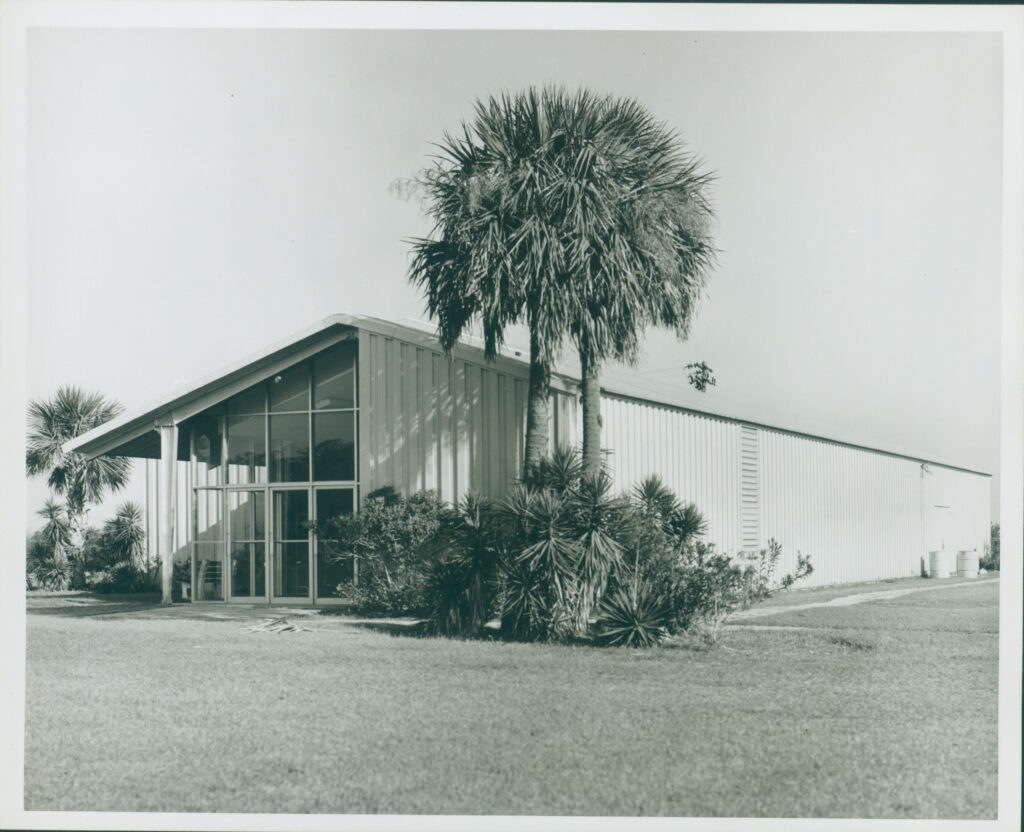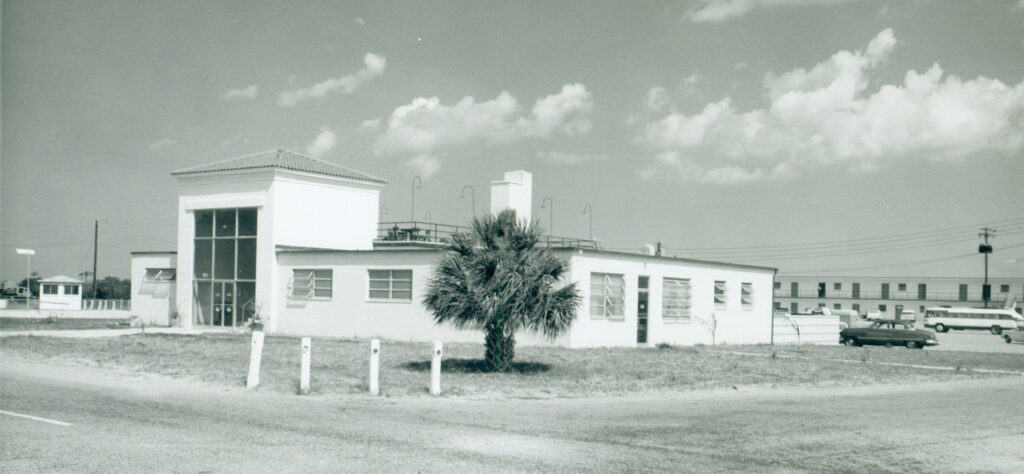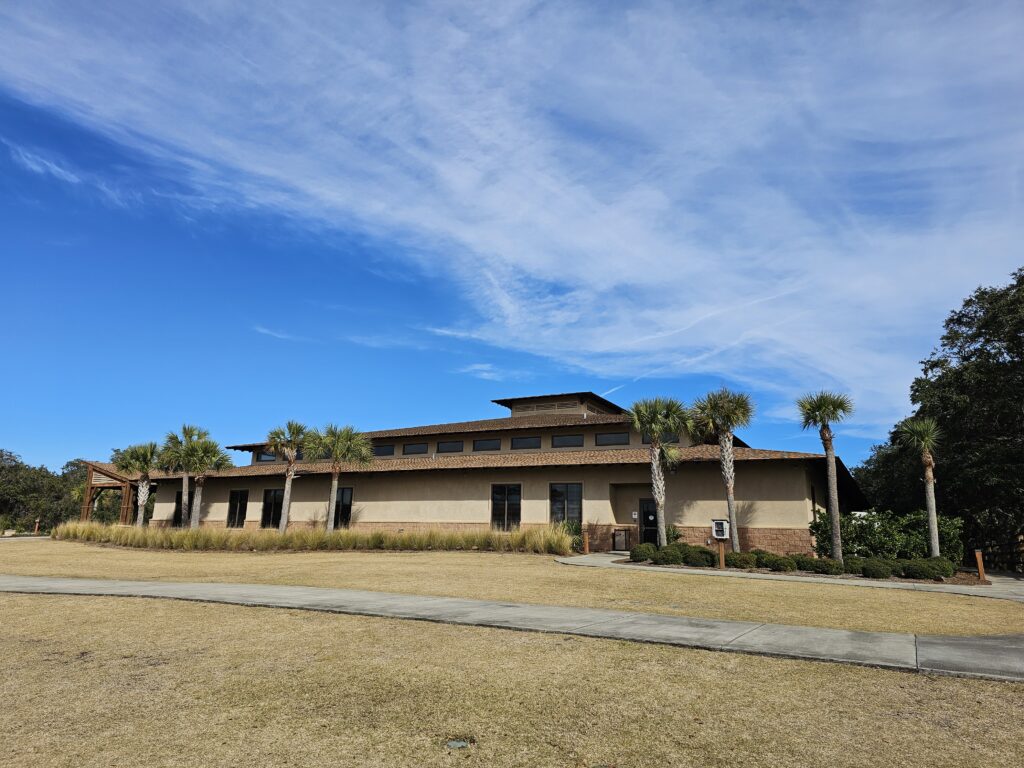by Patrick Carmody, JIA Museum Educator
During the 1960s, Jekyll Island was the home to the Dolphin Club and Motor Hotel, the only hotel by the beach African Americans could stay at in the entire state of Georgia. The state of Georgia had acquired the island in 1947 but offered no accessibility for African Americans until 1950. The portion available to African Americans was the St. Andrews Recreational Beach Park, located on the southern tip of Jekyll Island.
The Dolphin Club was built in 1959, and under the management of Dave Jackson and his family, became a thriving hotel, restaurant, and music venue on the Chitlin Circuit. The Chitlin Circuit was a collection of venues in the Jim Crow era that entertained African Americans with popular music from the 1930s to the 1960s. The Chitlin Circuit had venues across the nation, with musicians that are now synonymous with the best of R & B, Blues, and Soul music. Performers like Otis Redding, Percy Sledge, B.B. King, Clarence Carter, and Millie Jackson are just a sample of the artists to have played on the circuit and performed at the Dolphin Club Lounge.
These legends of music came to Jekyll Island to perform for black vacationers and locals alike. These artists performed at either the Dolphin Club Lounge or, if there was a big enough audience, at the St. Andrews Auditorium. The Auditorium hit its peak in 1964 when Otis Redding played there. This would be the last major performance in the Dolphin Club Complex before Jekyll Island desegregated its facilities.
As integration of more and more public spaces gave African Americans access to spaces they had been previously denied, the Dolphin Club and the St. Andrews Auditorium began to suffer financially. Even though the St. Andrews Auditorium had been built to host the 1960 Black Dental Association convention, it didn’t have the capacity to support integrated groups. By the mid-1960s, the venues mainly utilized for events on Jekyll like the Aquarama and Gould Auditorium, provided the needed space for bigger crowds. While the Dolphin Club is gone, the site is now utilized as Camp Jekyll, a 4-H youth camp operated through the University of Georgia, and has exhibit panels all over the site detailing the history of the Dolphin Club and those who worked to make the place as special as it was.
In celebration of the Dolphin Club, Mosaic will be offering its Dolphin Club Days tour on February 10th and 24th at 10 AM and 1 PM. The tour is an hour and 15-minute-long exploration of the history of African Americans on Jekyll Island with a stop at the site of the Dolphin Club, a live music performance by Jacksonville artist Ace Winn, and oral histories from those who experienced the Dolphin Club.
For tour information and to purchase tickets, visit: www.jekyllisland.com/mosaic.
Support preservation efforts to retain important history like the Dolphin Club through a membership with the Jekyll Island Foundation. To learn more about the Foundation and ways to give, visit: www.jekyllislandfoundation.org.




